Inside: Bird watching is a fun and educational experience for children, teens, and grandchildren. They will learn about the science of bird habitats, their unique singing, plus conservation and advocacy of birds. Start this educational activity with your kids today.
10 Bird Watching Tips: An Educational and Healthy Experience
Have you ever taken your kids or grandkids bird watching? If not, you should. It’s an educational and healthy experience for children of all ages.

Take your kids out in nature for a bird-watching experience. Purchase binoculars, a guide book and a notebook and you’re ready to go!
Birds are beautiful little creatures! And watching these feathered friends will teach your children first-hand about:
- beauty and diversity of birds
- variety of songs they sing
- how intelligent birds are
- how birds help and support one another
- conservation and preservation of birds
Kids Need to be Outdoors
Researchers say that children should spend at least 3 hours outdoors every day. Why? Being in nature helps boost the immune system of children and teens. So grab your kids, get out in nature and start watching birds in your neighborhood.
Here are some tips:
#1: Bird Watching: Getting Started
Bird watching is a hobby that you can do with your children year-round, particularly during the spring and fall months of the year. The U.S. Fish and Wildlife estimate that there are 45.1 million birdwatchers in the nation and spend an average of 96 days each year watching birds.
Go to the library or book store and check out or purchase books on bird watching. Join your local Audubon Society and then make a date to take your kids on a bird-watching expedition.
Note: the National Audubon Society is an organization committed to protecting birds throughout the Americas using science, advocacy, education, and on the ground conservation.
#2: Take Someone Under Your Wing
Bird watching is more fun when you take your children, teens, or grandchildren along with you. If you’re just getting started, team up with an experienced birdwatcher or bird guide who can give you pointers, tips and share his/her passion with you. It will whet your kids’ appetite for more.

Grandparents–take your grandkids bird watching. They will love your company and learn from your wisdom!
#3: Get Your Ducks in a Row: Bird Watching Supplies
Every birdwatcher from a beginner to a professional needs a few supplies. Here’s a beginners list:
- Binoculars for kids
- Notebook: helps you keep track of the birds you see; where you see them and what time of the year you see them
- Pens and pencils
- Hiking boots: depending on where you go, you may have to do a bit of hiking
- Comfortable clothing
- First-aid Kit
- Sunglasses
- Bird Guide Book: helps you identify birds you see
- Digital camera—keep a visual record of the birds you see
- Water
- Snacks
#4: Fly the Coop: Where to Watch Birds
Birds can be found anywhere from your local city park, state park, forest preserve, or even in your backyard.
Look for bird hikes in your area or look for a nature center that hosts a bird hike. Go with people who have birding experience to help you find more birds. Visiting different habitats means seeing more birds.
To find the best places in your state, check your local Audubon society. They will be able to share with you places to go and give you information on wildlife sanctuaries in your area. Additionally, the Audubon society offers many programs that include
- bird watching field trips
- conservation projects
- educational programs
Some areas in the U.S. are called “flyways,” meaning they are where birds tend to follow during migration. The main flyway area in the United States is the Mississippi Flyway where birds follow the Mississippi River and the Illinois River during migration. If you live in those areas, you will see a number of different species of birds.
Treasures in Your Own Backyard
Don’t discount your backyard. This is where flocks of people start their bird watching. Most families can count 25 or more species of birds gathering in their backyard on any given morning.
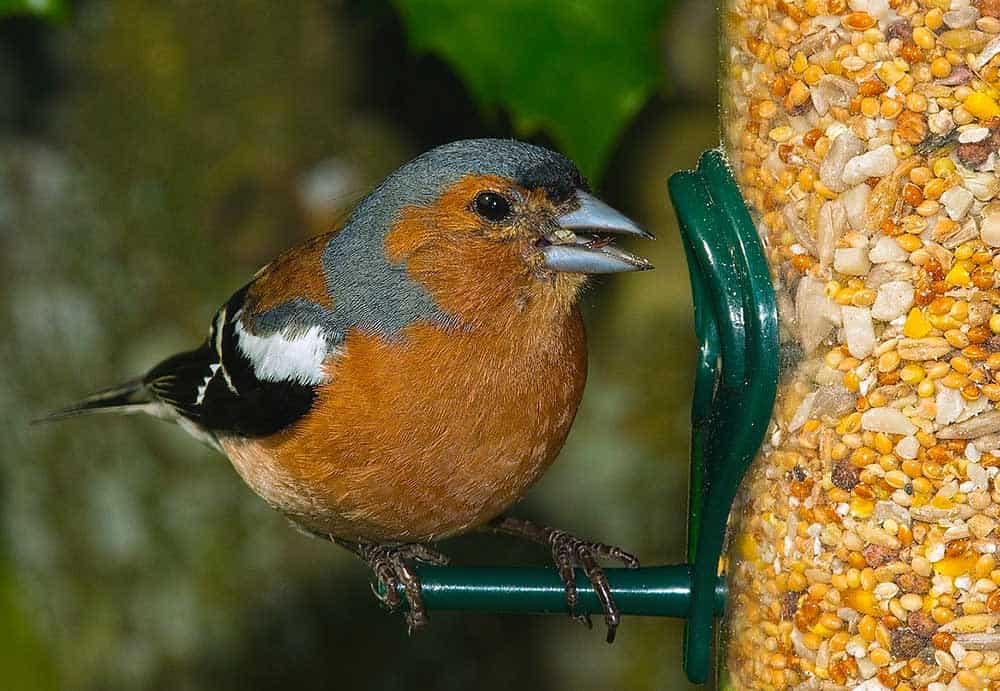
To draw birds to your yard, put a variety of bird feeders around your backyard and watch the different species that will come.
Bird Feeders: A Must
To attract more birds in your yard, have a water source and a variety of feeders with different kinds of bird food. This will bring different species into your yard. You can even plant various shrubs, plants, or trees. The more diverse your yard is, the more diverse the birds.
When you create a sanctuary for birds in your yard, bird watching can be as easy as peeking out a window of your home and watching your feathered friends.
#5: The Early Bird Gets the Worm: Best Time of Day to Bird Watch
Birds are early risers. The rule of thumb for the best times to observe birds is dawn and dusk—when the sun is coming up or going down. Birds are most active during these times.
You will find that many birds, like humans, are not out and about during the hottest parts of the day—they’re “undercover”–just like us as we sit in front of our air-conditioners!
#6: Best Seasons to Bird Watch
Every season has its advantages for bird watching. Here is a breakdown of the seasons and what to expect during those times
Fall
Fall is the most popular bird-watching season because of migrations. The long-distance migratory birds such as cranes, sandpipers, and swallows are most active between August and October. The short-distance migrators such as sparrows, ducks, and geese are active through December. Fall is also a beautiful time of the year with colorful foliage, cooler temperatures, and harvesting. This makes this season of the year a hotspot for sighting birds. And if there are cold triggers during fall, your children will see massive migrations of birds—be on the lookout!
Winter
The old saying, “birds fly south for the winter,” does not apply to all birds. Many stay around during the cold winter months such as cardinals, sparrows, robins, and juncos. To keep warm, they eat fat-rich foods and stick to evergreen trees for shelter. If you have an evergreen tree in your yard, be on the lookout for birds. And keep your bird feeders full of seeds.
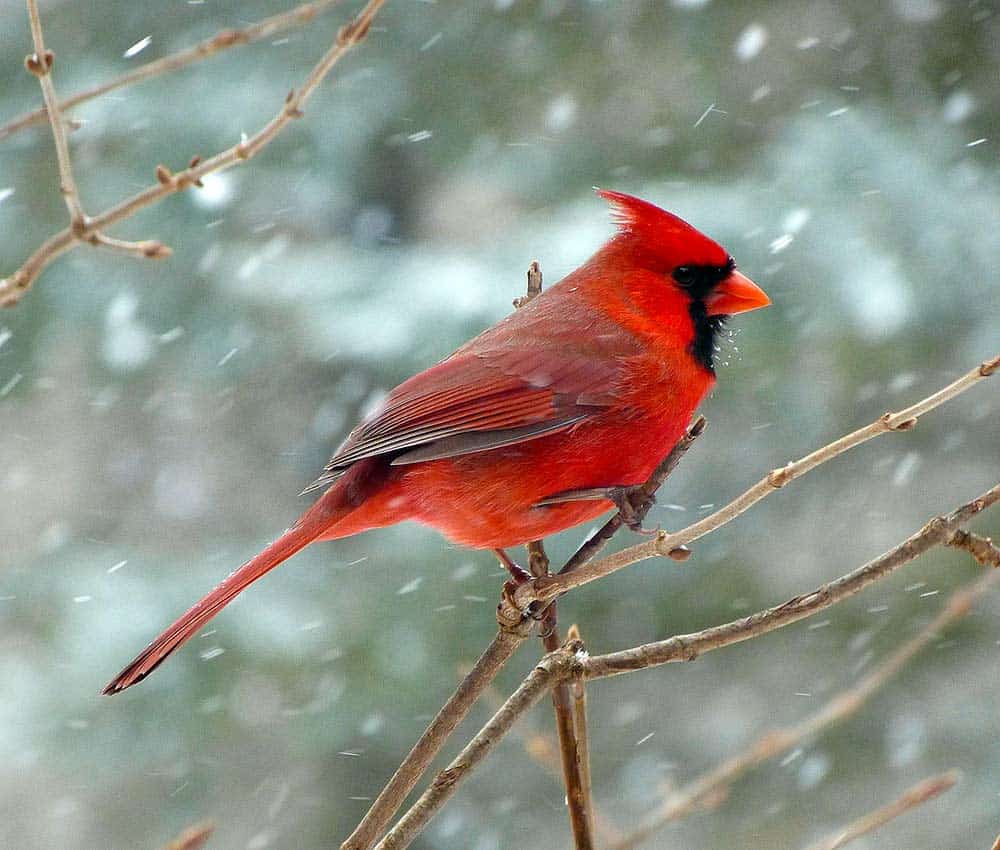
Not all birds fly south for the winter. Cardinals stay in their habitats during the cold winter months. They stay warm by eating fat-rich foods
Spring
You may think that Spring is the best time for bird watching—and it is. However, you don’t have to travel to the Gulf Coast, Texas or Florida (climates with spectacular migrations of countless bird species during the Spring), to be rewarded with seeing birds. Look no further than your own backyard. Your children can spot wrens gathering nesting materials, hummingbirds looking for nectar in your feeders and the red-breasted robin digging for worms in your gardens. Get out your cameras and binoculars and enjoy the bird-scenery from a comfy chair!
Summer
For birds, summer is the molting season where they shed their old feathers and grow new, sturdy ones that can withstand long flights. This also makes them more susceptible to predators as their new feathers are fully forming. For self-preservation, birds are less vocal making them more difficult to spot because your children will hear birds before they see them. Teach your kids to be scavengers—look for areas with molted feathers. More than likely, you’ll see birds with fresh new wings.
#7: Bird Brain: Birds ARE Smart!
Birds are amazingly smart! Scientists have observed birds’ abilities to learn as they construct simple tools, communicate with other birds, and bury things only to come back the following year and dig them up.
One of my favorite books that identify the intelligence of birds is The Genius of Birds by Jennifer Ackerman. Read it as a family and stand back in awe as you consider the amazing avian brain.
#8: Birds Making Music
One of the most enchanting parts of bird watching is listening to the sounds and songs birds make. Each song is as unique as the variety of bird species in the world. Their songs have been recorded, analyzed, and categorized and the diversity of songs birds sing is mind-blowing.

Birds use their music to communicate with one another and warn each other of danger. They also use music when courting.
Birds mainly sing for three reasons—
- danger and warning
- communication
- courtship
They warn other birds of impending danger, communicate with other birds, and when courting the opposite sex. It’s not as simple as they sound and dozens of studies have been conducted and books written on the complexity of bird songs.
#9: eBird for Bird Watching
eBird is an amazing tool for new and experienced birdwatchers. It’s both a website and app that can be downloaded to your smartphone and a tool your kids will LOVE!
It can be used anywhere in the world making it a global resource. Have each member of your family create an eBird account (it’s free), download it to your phones, and get started! Use it to:
- keep track of your bird lists
- upload sound bites of birds singing
- store photos of birds you see
- report any observations and locations of birds
- find the best places to see birds
If your kids are looking for a specific bird, you can search for it and find locations where other birdwatchers have spotted it. It will allow you to see that there are a variety of bird species found all over the world—and in remote places. And, it will help your children make connections to people all over the world.
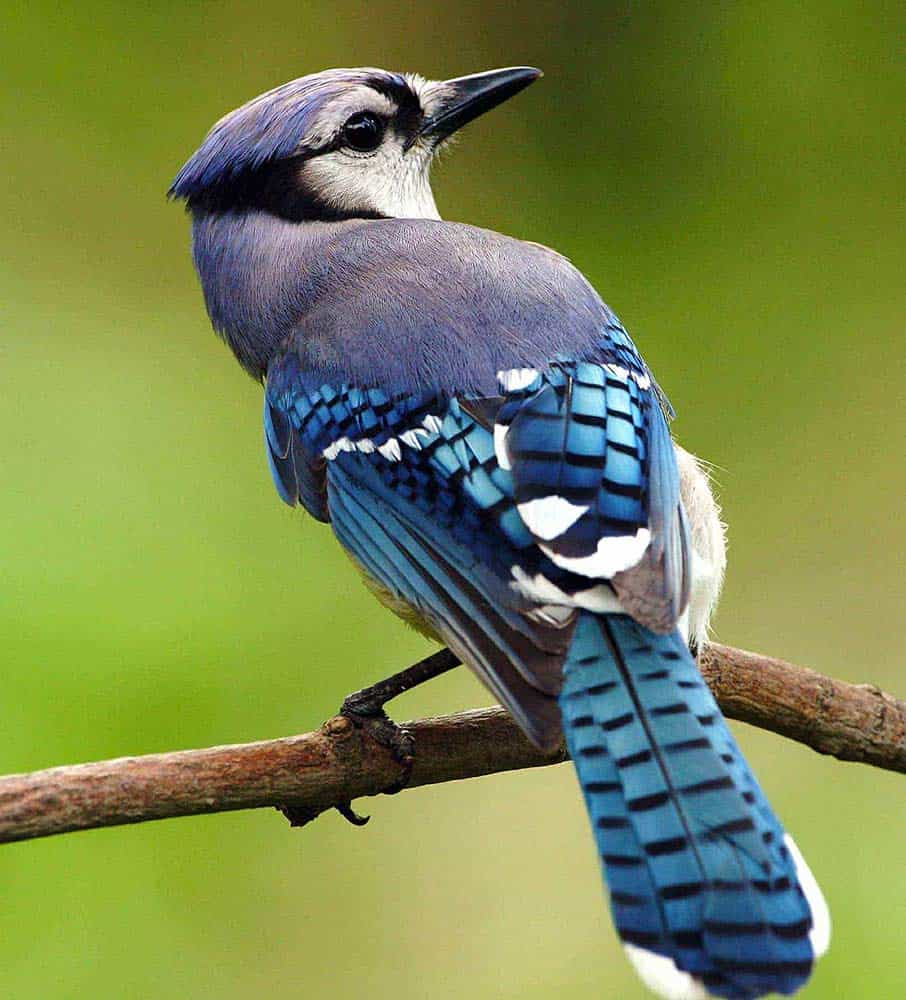
Our neighbor fed blue jays in her yard. The birds would come and sit on the fence and wait for her to come to the window. As she fed them, she talked to them.
Being a new birdwatcher, it’s a valuable tool that will help you identify the birds you are seeing. Plus, the map on eBird is color-coded and allows you to find the best places where a lot of birds have been seen thus making it a way of sharing your sightings with other birdwatchers.
#10: A Way to Relax and Socialize
Bird watching is fun. It’s also a way to de-stress, unwind and relax. Being outside in nature is good for your children’s health and gives you and your kids an opportunity to connect with nature.

Near our home in California are dozens of beautiful peacocks. During the molting season, they shed their feathers and we gather them up. Also, it’s only the males that have this gorgeous plumage and they strut around “proud as peacocks.”
And bird watching provides a way to socialize with others. Take your children and their friends when you go bird watching. Organize a group outing. Invite an experienced guide or other bird watchers to go along. It’s a way to meet new people and new friends. Bird watching will become part of you and your children’s social fabric.
Have you ever taken your children bird watching? What was your experience? Please comment below.
Want to remember this post? Post, “How to Teach Your Kids About Awesome Bird Watching” to your favorite Pinterest Board
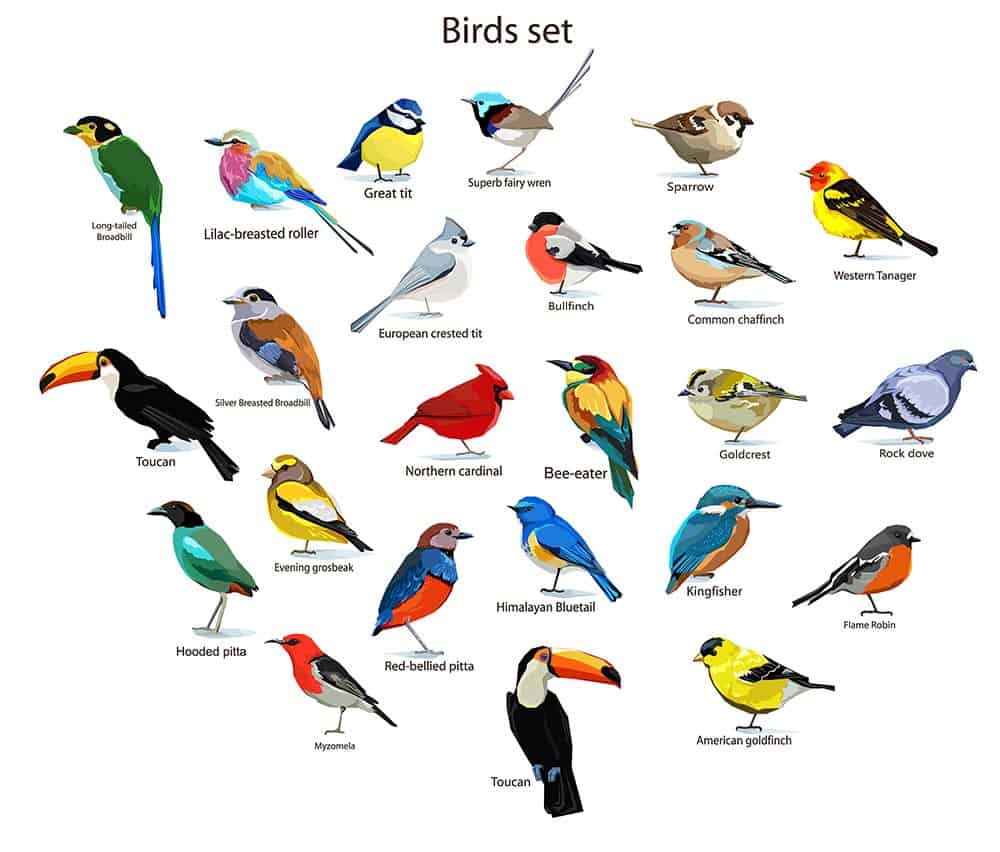
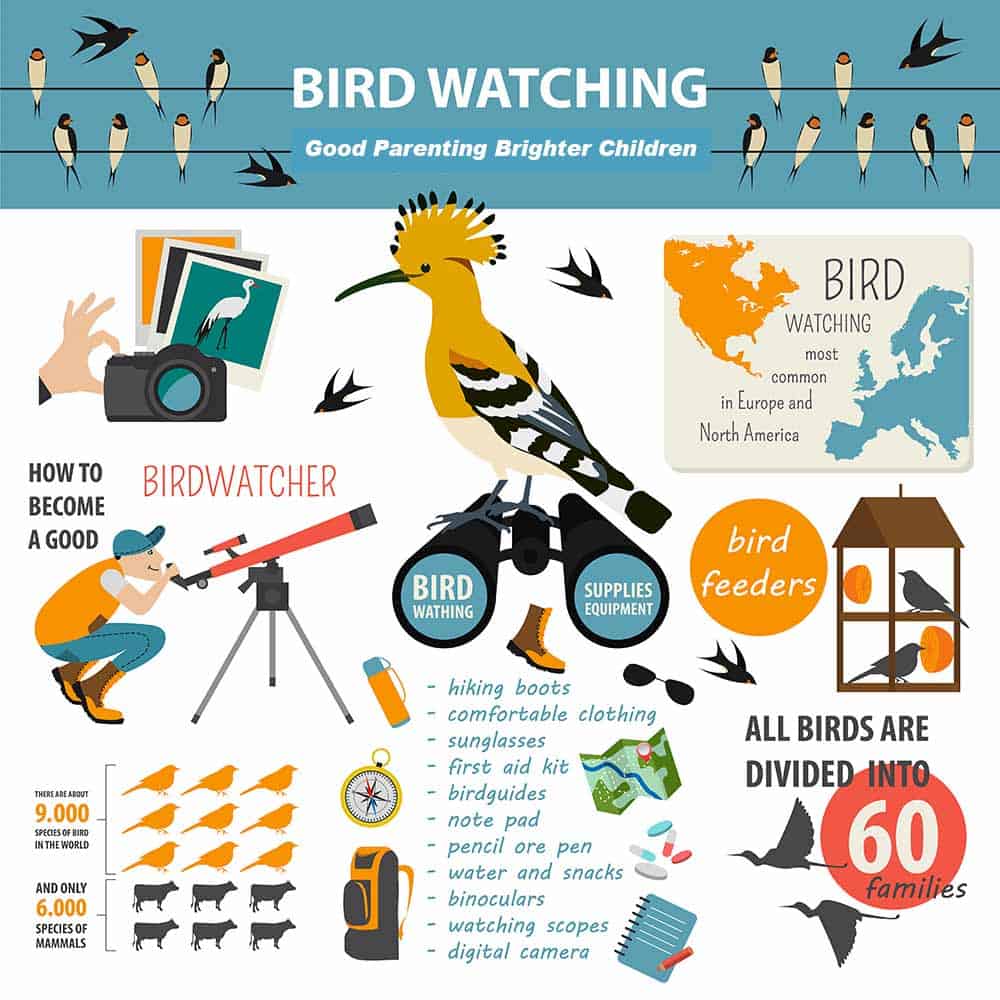
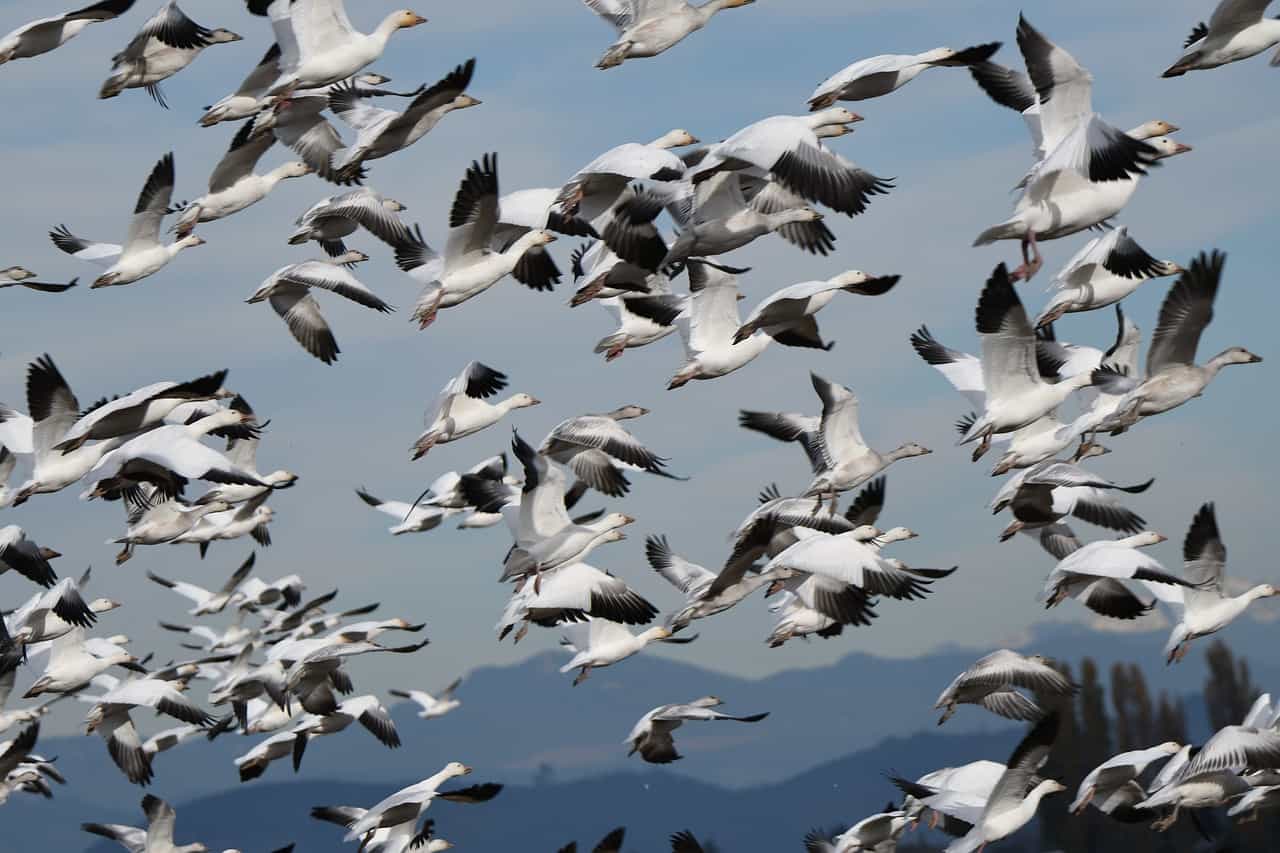
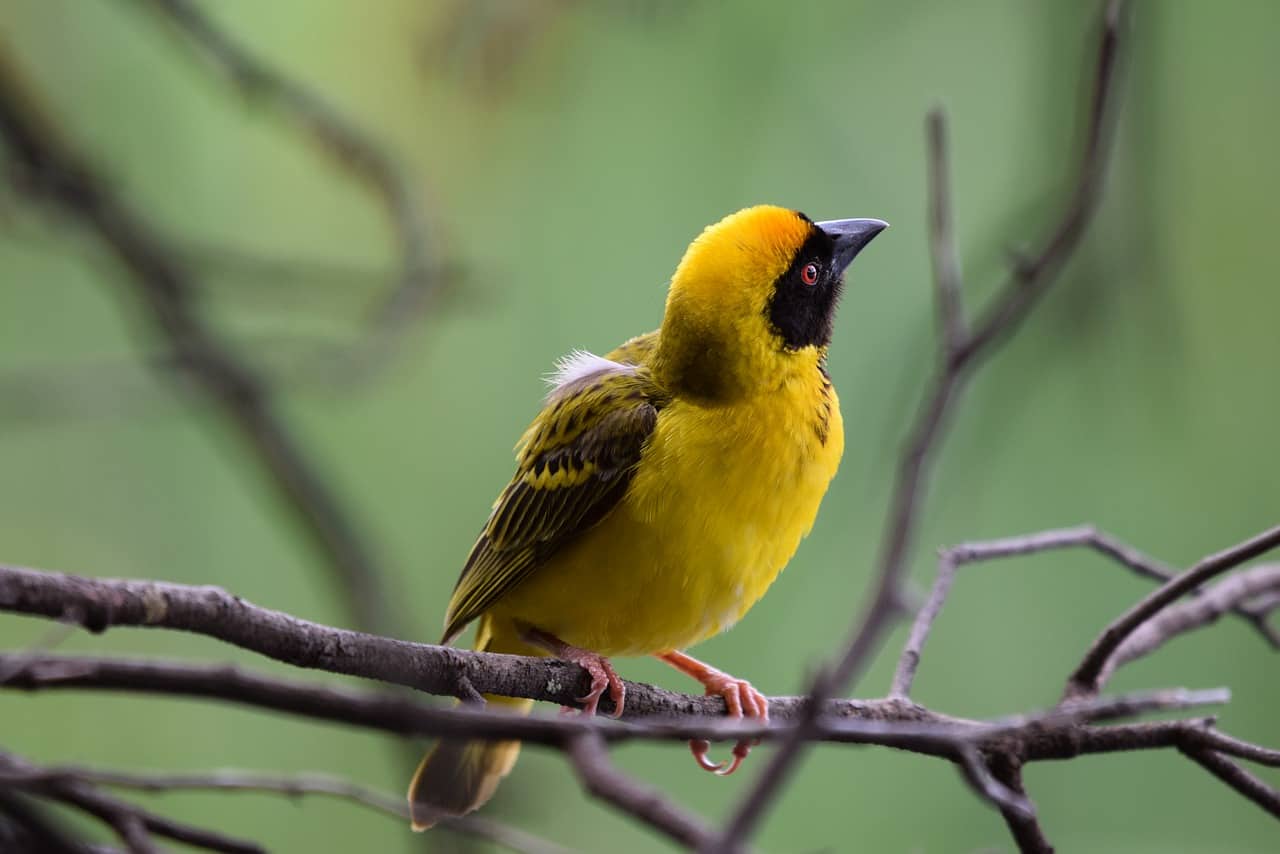
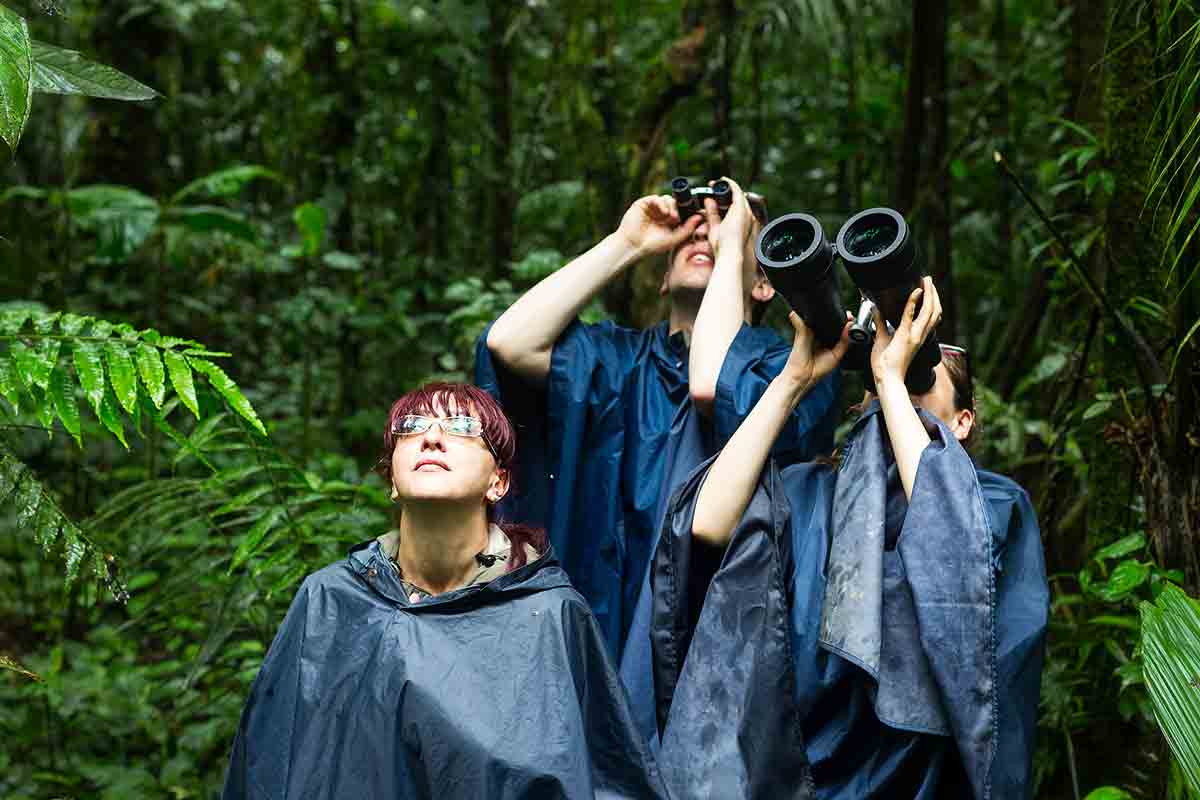
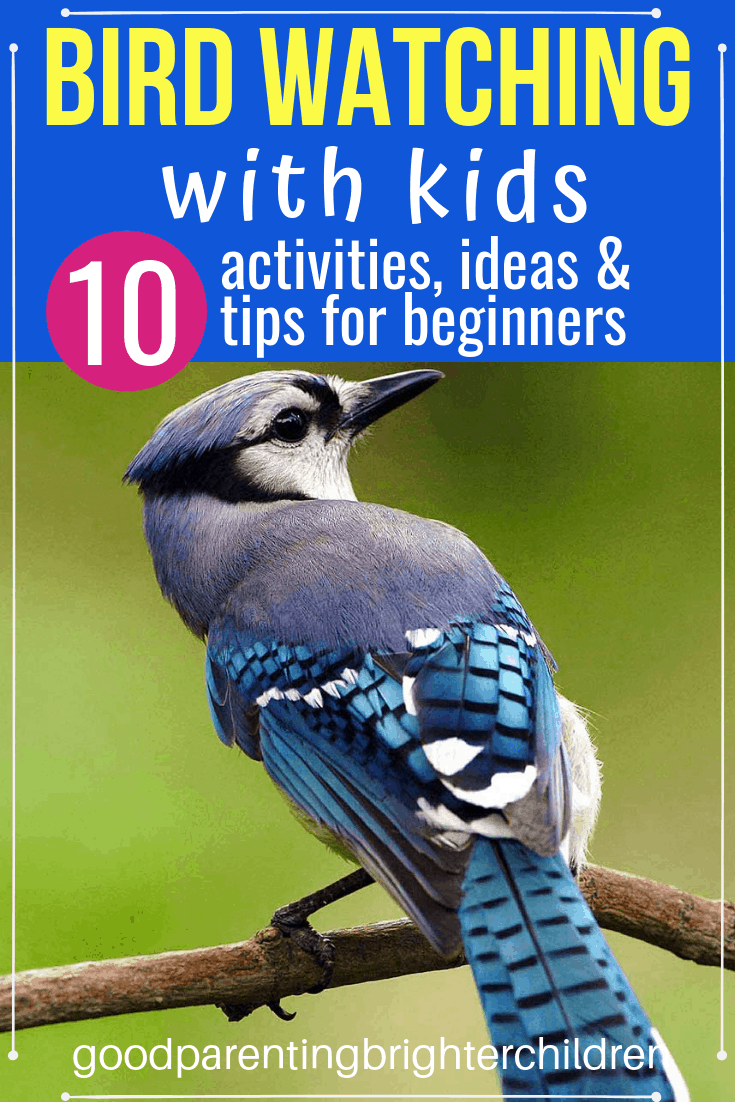


My husband is an avid bird watcher. Although I have watched birds since I was young, he has taught me so much. For example, in the Central Valley of California, Magpies have yellow bills. In all other areas, they have dark bills. He taught me how to identify various kinds of hawks, etc.. Details? He has told me so many, I can’t keep track. I continue to learn! Great Blog!
Yes, John has an amazing knowledge of birds! I’ve learned a lot from his as well. I didn’t know that about magpies and their yellow bills in California–interesting! We should go bird watching together–it’s always more fun with more people! Thanks for sharing!
What an awesome way to get your kids and grandkids outdoors enjoying nature! I love everything about this. The birds we see here on the lake are breathtaking…blue jays, cardinals, big blue herons, pelicans!! We love going outside and seeing all these birds in their habitat. A fabulous post, Sharlene! You’ve totally inspired me to step up my birdwatching game.
You are so lucky Tiffany to have so many amazing birds in your backyard! While on vacation this summer, we went to a bird sanctuary and saw huge pelicans, golden eagles, Canadian geese and other birds. But my favorites are definitely–blue jays and cardinals –and robins and woodpeckers, etc. I think it’s a super fun activity to do with kids and grandkids. The only drawback–it does take some patience to see the birds and patience is not one of my virtues! Thanks for sharing, Tiffany!